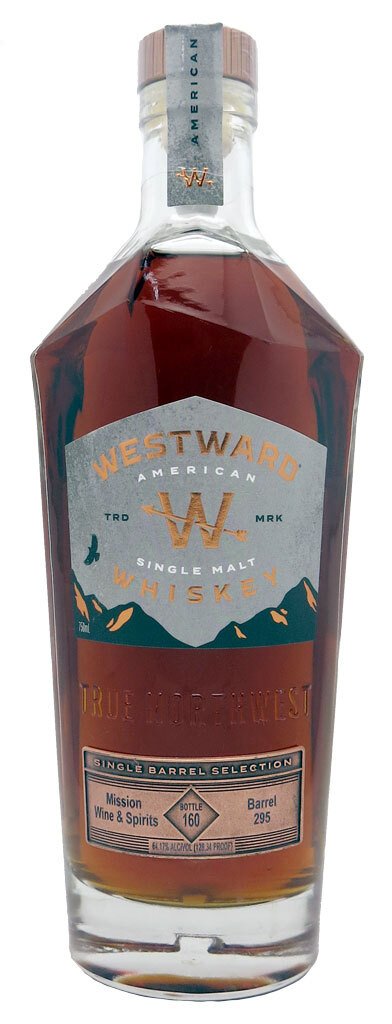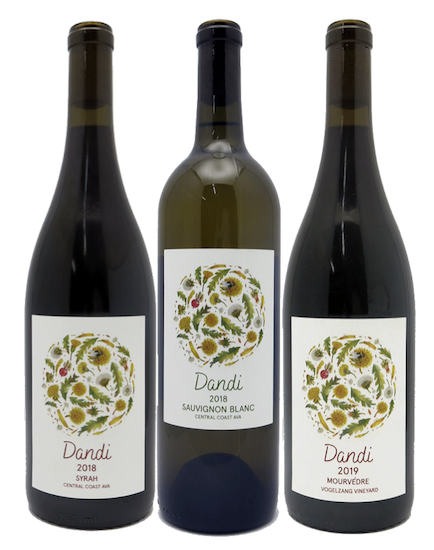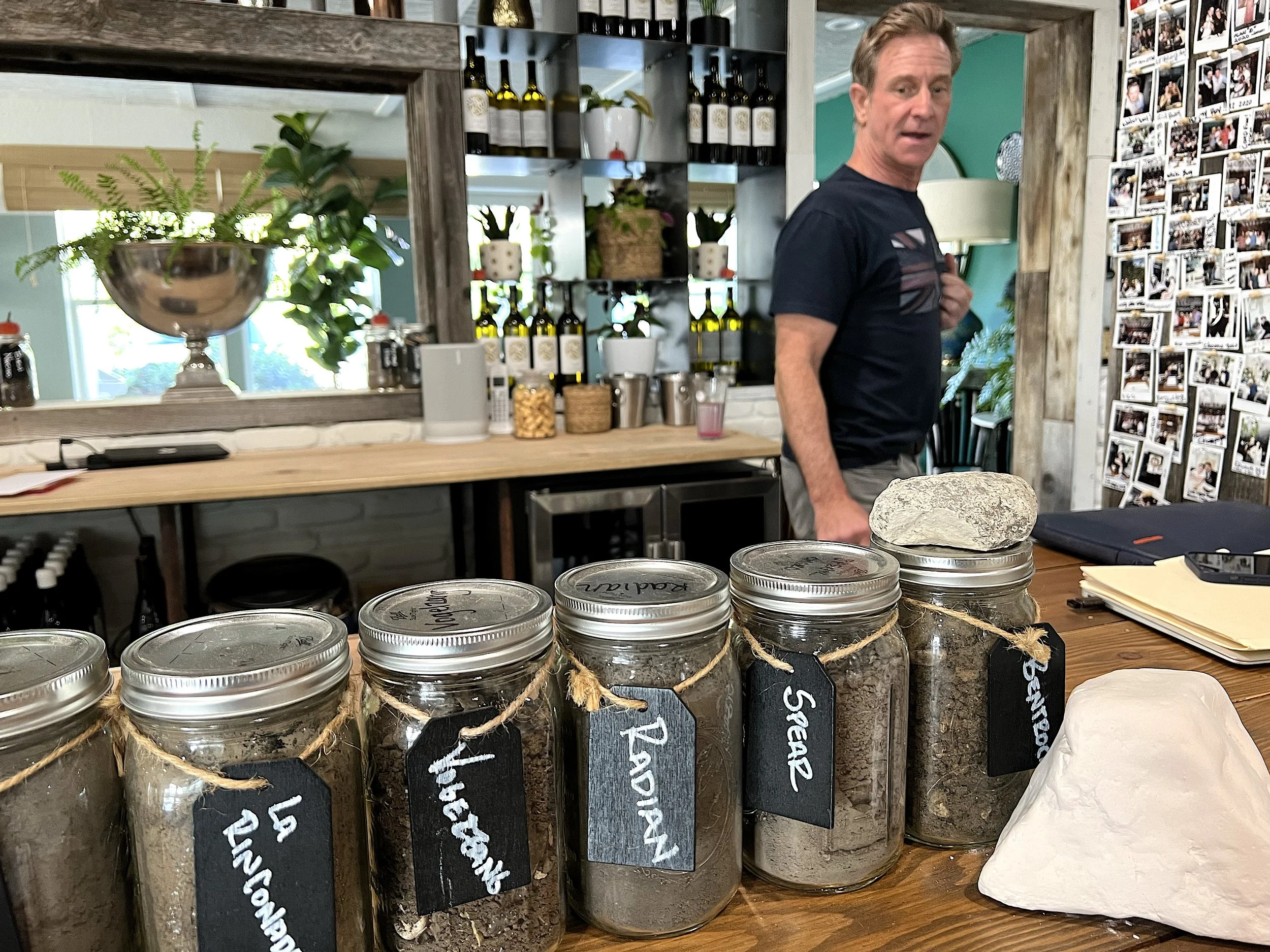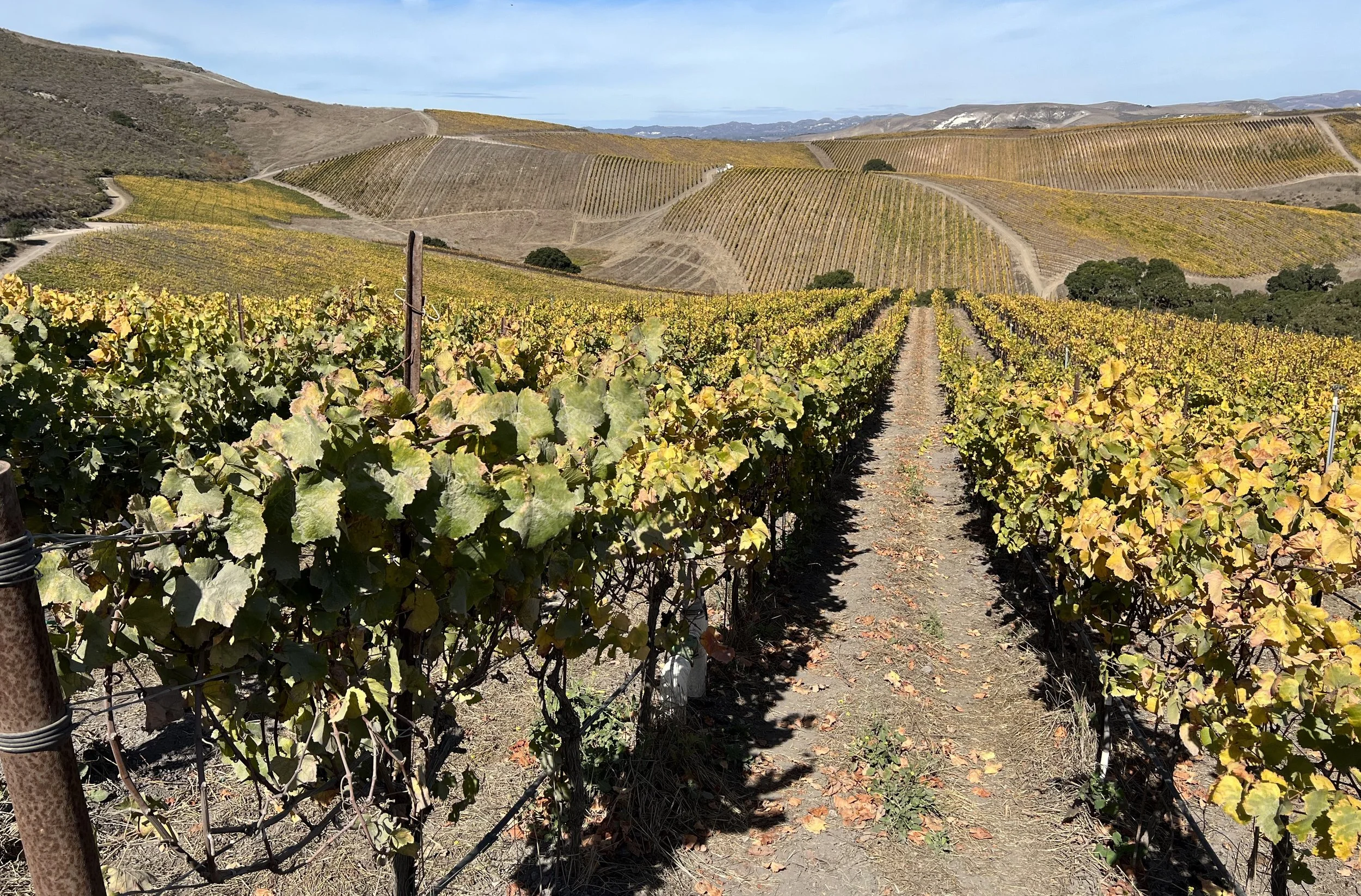There was a time in my career when I would have told you unequivocally that Scottish single malt whisky was far superior, but Westland Distillery in Seattle made the best American single malt in the country. Yet, given how fast things are changing today, it's hard to say anything unequivocally about anything anymore.
American single malt whiskey has come a long way over the last few years, and I find myself discovering all sorts of new options (through bottlers like Lost Lantern), while re-tasting new efforts from established producers that have improved by leaps and bounds since the last time I tried them.
Look at Balcones Distillery out of Texas as a prime example; the single cask of European Oak-aged malt whiskey we bought from them last year is absolutely spectacular, and continues to convert new fans.
The folks at Virginia Distillery have also been coming out with some pretty cool releases lately, including a number of Scottish/American blends that are pushing the genre in a new direction.
And then there’s Westward Distillery out of Portland: perhaps the new king of American single malt with its beer-focused base, slow fermentation, and incredibly concentrated flavor. The malt whiskey coming out of this distillery is so beautiful, so rich, and so packed with sweet, malty flavor that we purchased an entire barrel directly from the distillery earlier this year. Having just revisited it for the first time since that day, I can say something else unequivocally that is actually quite shocking: for the first time in my career, I'm actually more excited about American single malt whiskey than Scotch.
While Scotland seems to be on autopilot, going through the motions to bring us an endless array of new whiskies with a rather minimal level of effort, many American distilleries are bringing their A game, hoping to take advantage of the momentum and win over some new converts during the process.
Case in point? Single barrel #295 from Westward Distillery: a 64.17% ABV vanilla bomb that expands over the palate like caramel-covered candy and weaves between crème brûlée, sweet stone fruit, and chocolate malt with a distinct beeriness on the finish that explodes into a buttery custard for the finale and leaves you begging for another sip.
I won't go as far to say that it's the best single malt whiskey I've had in 2021, but it's the most shocking in that I never, ever expected it to be this damn good.
While Bourbon has taken over much of the attention this year at Mission, I'm ready to get excited about single malt once again thanks to Westward. This whiskey smokes any similarly-aged, new single cask release I've had from Scotland this year. It's like pure candy for your palate and it changes continually, every taste offering something new and decadent.
-David Driscoll, Mission Sales Manager














